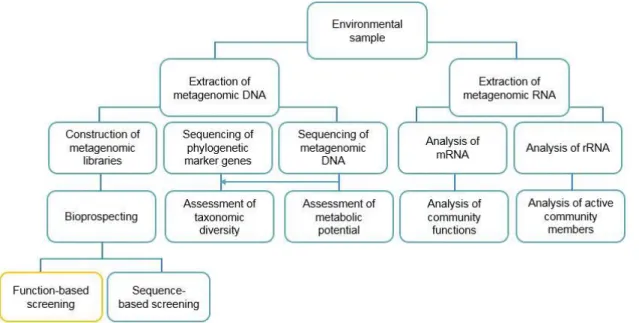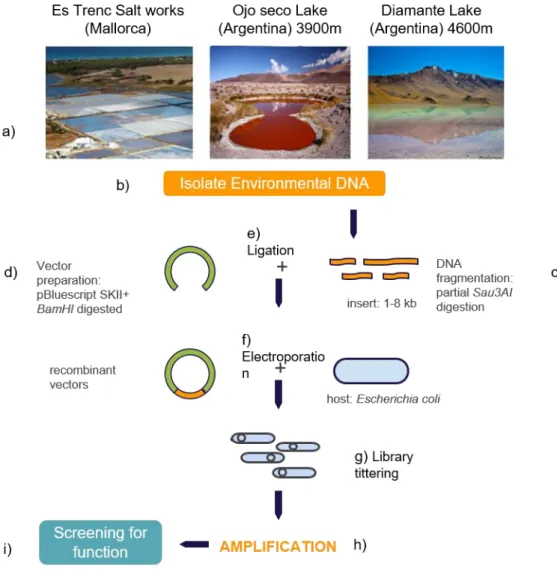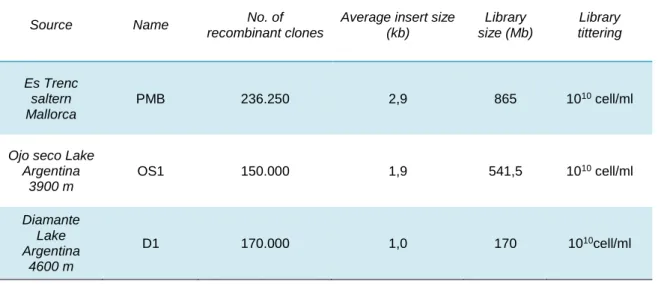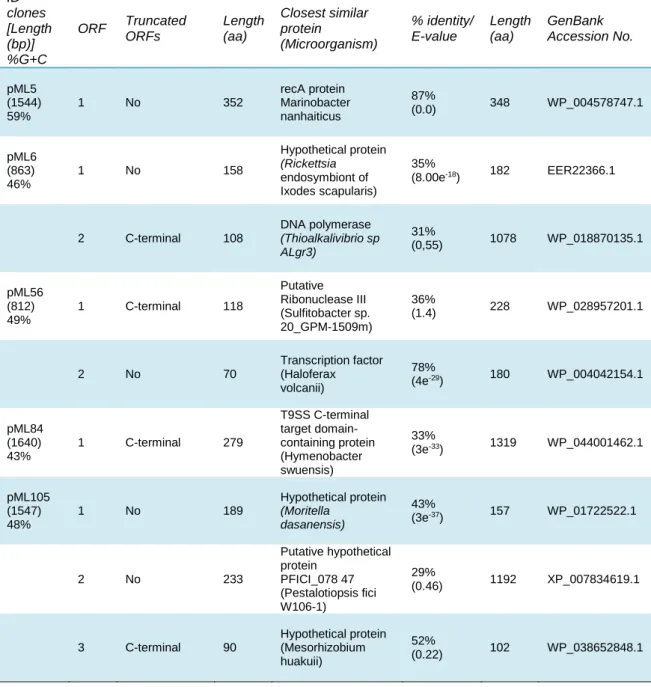A functional metagenomics approach to identify novel ultraviolet resistance genes
Texto
Imagem
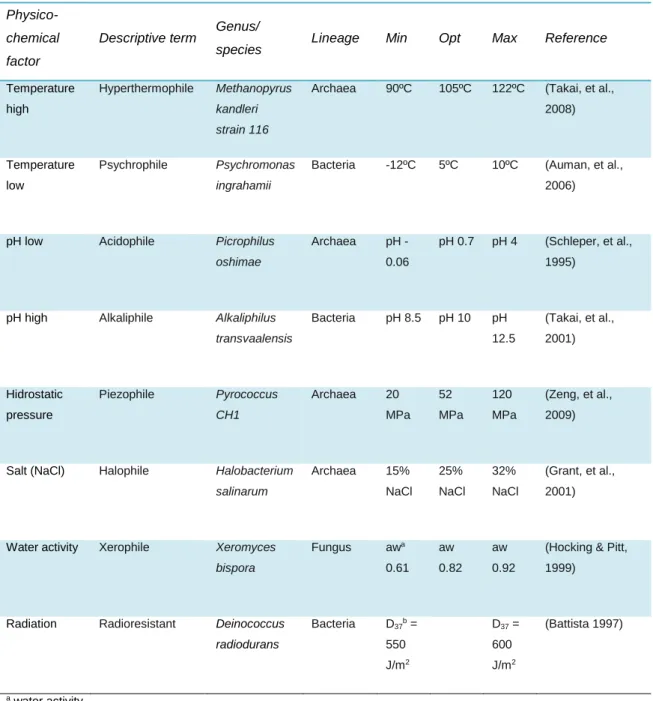


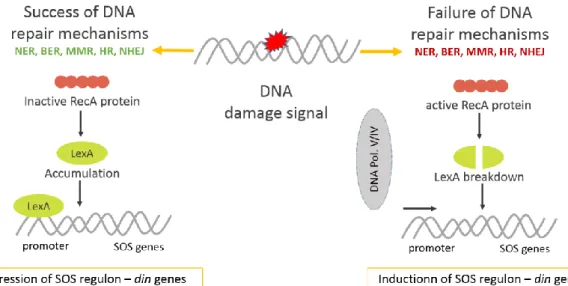
Documentos relacionados
Novel genes might identify putative proteins related to cell cycle checkpoints or DNA repair, such as BRCT-or FHA-containing genes [32], or a predicted DNA topoisomerase-related
The objective of our data mining work was to identify genes related to the base excision repair (BER) pathway, which are present in the database of the Sugarcane Expressed Sequence
Three different pathways - photoreactivation, base excision repair and nucleotide excision repair - were investigated by employing known DNA repair proteins as probes to
The expression of base excision repair- and transcrip- tion-coupled repair-related genes was enhanced in the early and intermediate phases of LR, whereas the expression of genes
Objective To evaluate the expression of genes related to nuclear excision ( ERCC8 , XPA and XPC ), homologous recombination and non-homologous end-joining ( ATM , BRCA1 , BRCA2 and
The role of base excision repair (BER) genes in Philadelphia-negative (PN)-myeloproliferative neoplasms (MPNs) susceptibility was evaluated by genotyping eight
Giant sialolith of submandibular gland duct treated by excision and ductal repair: case
Our current option is simultaneous repair without homologous or heterologous tissues for the reconstruction of the aortic arch, with resection and end-to-end anastomosis being
